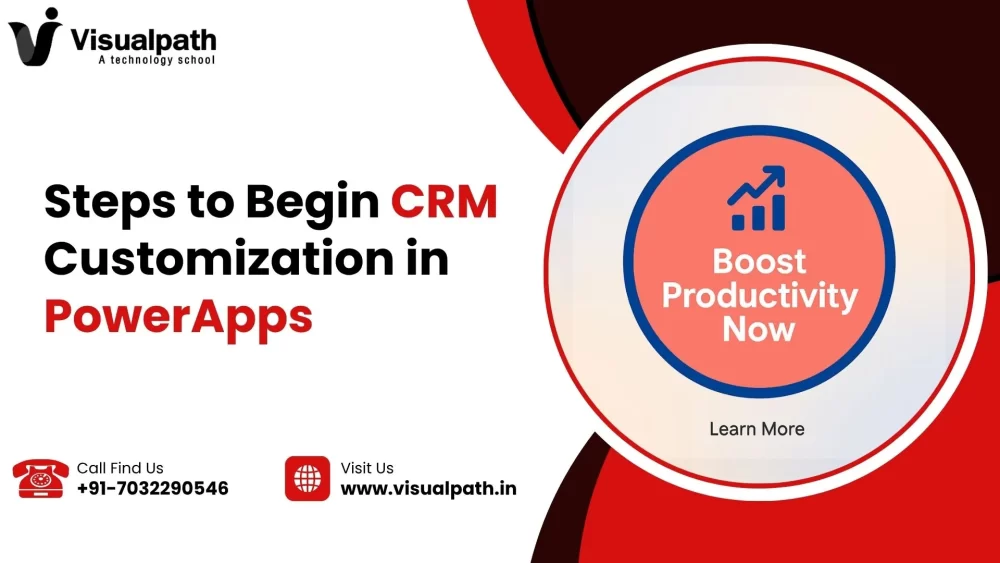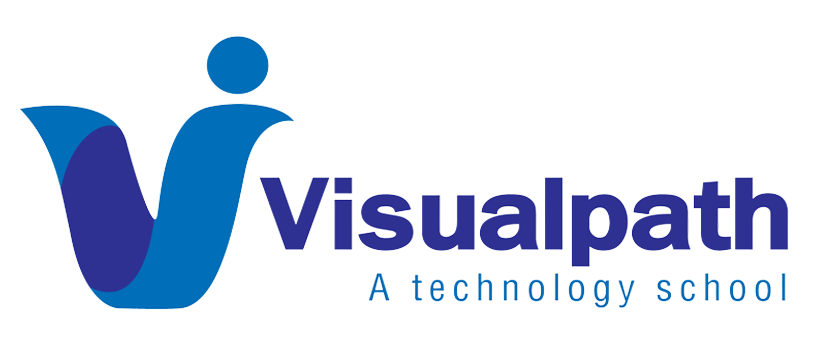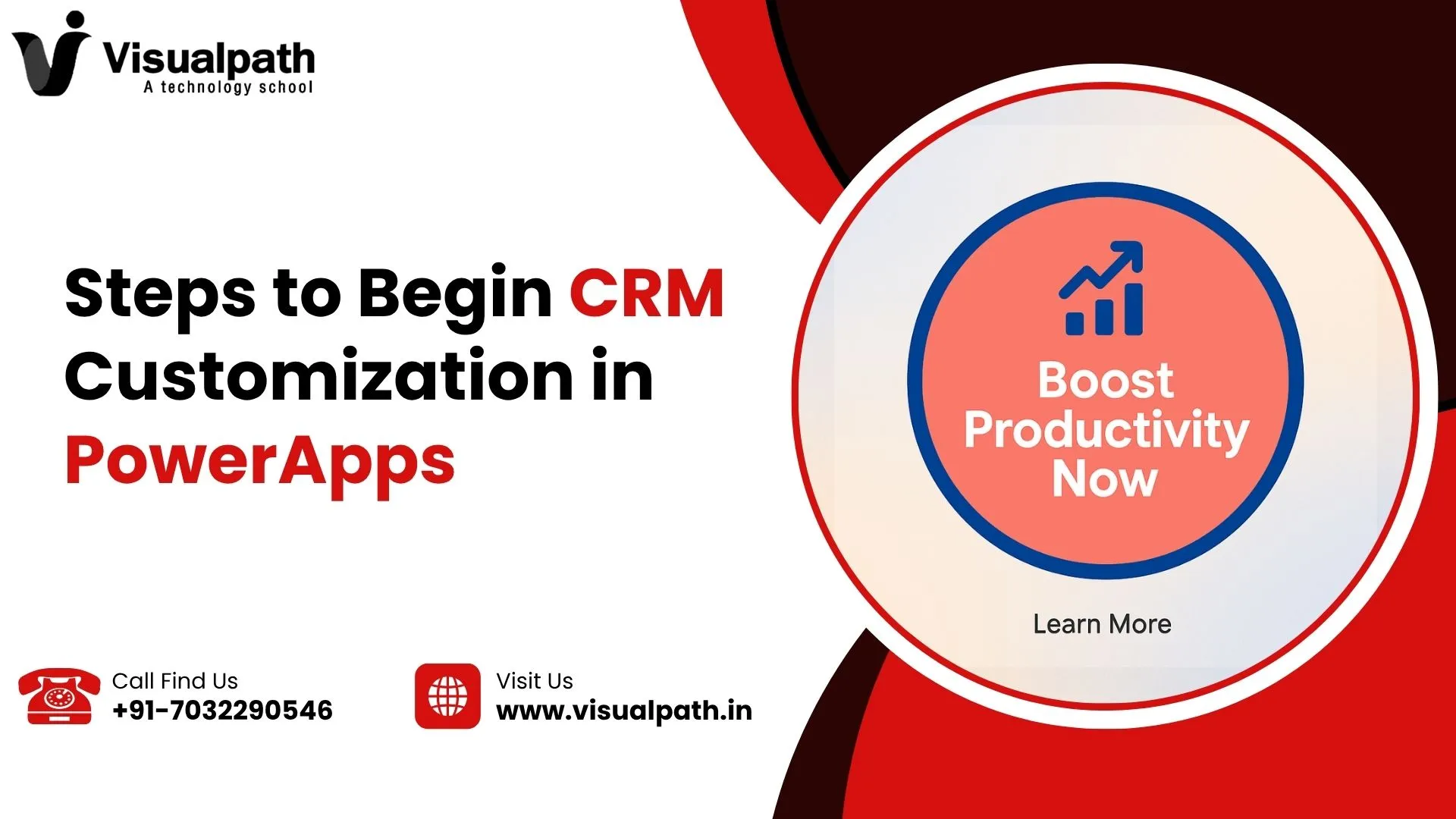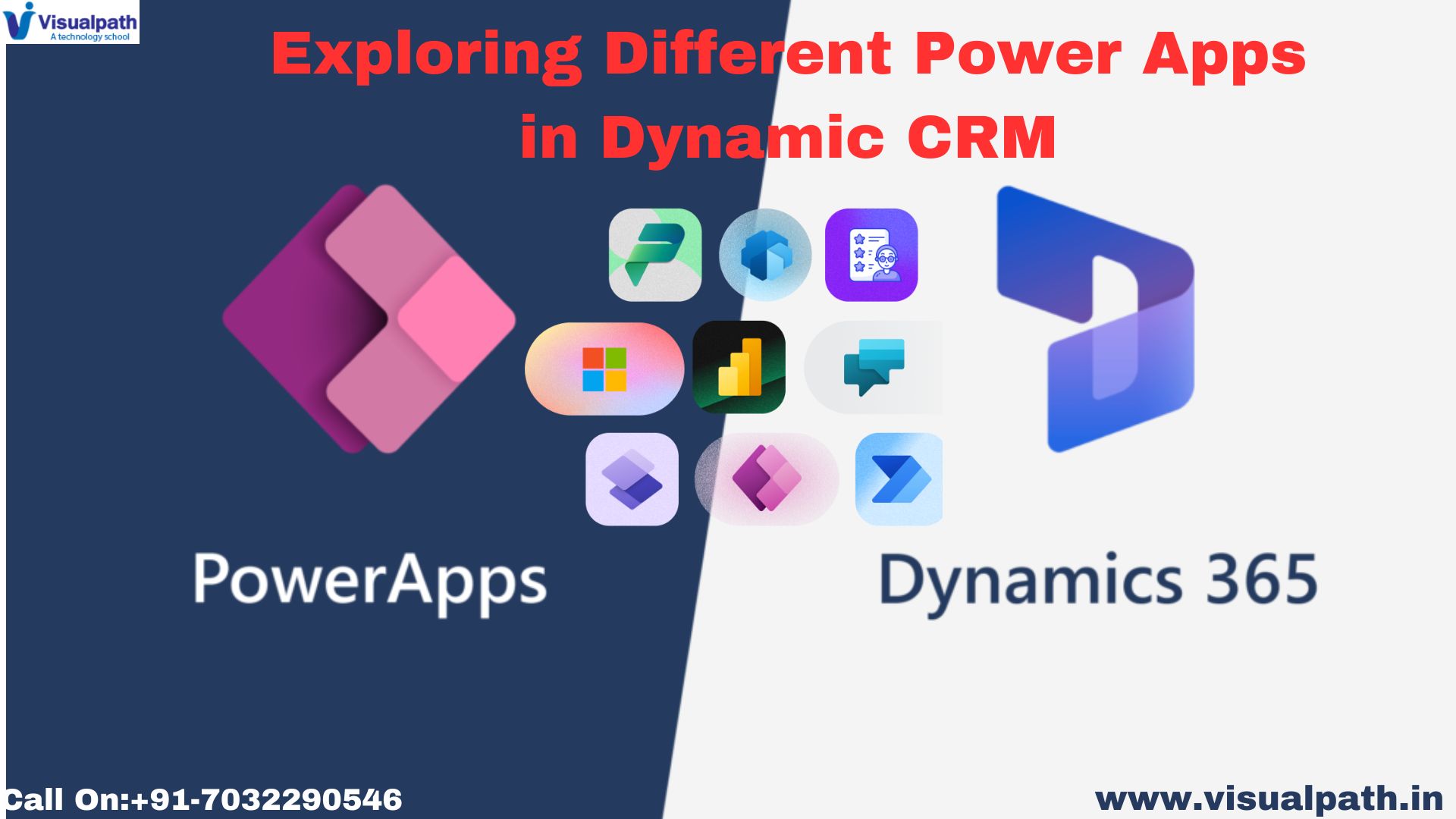In today’s dynamic business environment, managing customer relationships efficiently is crucial for success. Microsoft’s PowerApps platform offers an intuitive way to design and implement custom CRM solutions that meet your business needs. If you’re just starting out, this beginner guide to CRM customization in PowerApps will walk you through the basics, helping you unlock the potential of your CRM system through customization.

PowerApps is part of Microsoft Power Platform and is designed to allow users to build apps with minimal code. Customizing your CRM within PowerApps lets you tailor your system to streamline workflows, capture relevant customer data, and enhance productivity. With CRM customization PowerApps, you can easily create apps that align with your unique sales processes and operational goals. Microsoft Dynamics CRM Training
Understanding PowerApps and CRM Integration
PowerApps allows for seamless integration with Microsoft Dataverse, Dynamics 365, SharePoint, and other data sources. This makes it ideal for CRM solutions, especially when your organization needs to adapt a generic CRM to fit specific processes. The low-code environment is perfect for business analysts, citizen developers, and IT professionals who want to develop without being full-fledged developers.
Customizing CRM in PowerApps typically involves creating entities (tables), modifying forms and views, applying business rules, and automating tasks with Power Automate. CRM customization PowerApps ensures that you get a tailored solution that fits like a glove, instead of compromising with off-the-shelf software. Microsoft Dynamics 365 Training Courses
Steps to Begin CRM Customization in PowerApps
- Define Your CRM Requirements
Before diving into PowerApps, outline your CRM goals. Identify the data you need to track (e.g., leads, opportunities, and contacts), workflows, and the user roles involved. This planning phase sets the foundation for effective customization.
- Choose the Right Data Source
Microsoft Dataverse is often the best choice for storing CRM data because of its rich capabilities and seamless integration with PowerApps and Power Automate. Choosing the right data architecture is critical for performance and scalability in your custom business applications.
- Design Tables and Relationships
Tables (formerly called entities) represent the core data structures in your CRM. Define relationships between tables—such as one-to-many relationships between accounts and contacts—to model your business logic.
- Create Forms and Views
Use the PowerApps studio to create customized forms and views for your CRM records. Forms define how users interact with data, while views determine how data is displayed in lists or dashboards. Optimizing these components improves user experience and efficiency. Microsoft Dynamics CRM Certification
- Automate Business Processes
Integrate Power Automate to trigger workflows, notifications, or approvals based on specific CRM events. This feature is vital for workflow automation, helping you reduce manual work and improve consistency.
- Test and Deploy
Always test your app in a sandbox or development environment before rolling it out to your team. Gather feedback, fix bugs, and ensure usability before the full deployment.
Key Benefits of CRM Customization in PowerApps
With CRM customization PowerApps, businesses can design systems that are tailored, scalable, and adaptable. The ability to create role-specific dashboards, automate communications, and customize forms ensures that the CRM system supports your unique customer journey.
Moreover, PowerApps supports cross-platform functionality, meaning your CRM system will work seamlessly on desktops, tablets, and smartphones—perfect for sales teams on the go.
Implementing PowerApps for CRM also reduces the need for expensive third-party tools, thanks to built-in integration with Microsoft 365, Dynamics 365, and Azure services.
Best Practices for Beginners
- Start Simple: Don’t try to customize everything at once. Begin with one use case or department.
- Use Templates: Microsoft provides templates to help you learn and build faster.
- Focus on UX: Keep user experience front and center when designing forms and flows.
- Leverage Community: The PowerApps community is large and active. Participate in forums, webinars, and user groups to gain insights.
- Maintain Security: Set up role-based access to ensure data privacy and compliance with your company’s policies.
Final Thoughts
Whether you’re a small business or a growing enterprise, CRM customization PowerApps offers the flexibility and power you need to transform your customer relationship management process. By starting with the steps outlined in this guide, you can build a CRM that not only tracks data but also empowers your team to act on it.
Investing time in customization today will pay off in productivity, customer satisfaction, and scalability tomorrow. PowerApps opens the door to limitless CRM possibilities—so start exploring today!
Trending Courses: Generative AI
Visualpath stands out as the leading and best institute for software online training in Hyderabad. We provide Microsoft Dynamics CRM Online Training. You will get the best course at an affordable cost.
Call/What’s App – +91-7032290546
Visit: https://www.visualpath.in/online-microsoft-dynamics-crm.html




